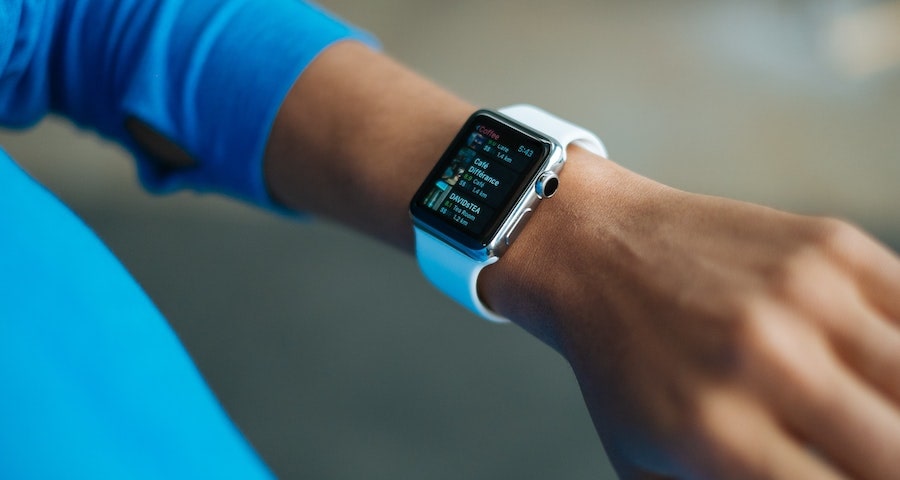
The world has witnessed an incredible transformation in timekeeping over the years. From the traditional pocket watch to the wristwatch, timepieces have evolved significantly, with the most recent revolution being the smartwatch. Today, people can access the Internet, track their fitness, make phone calls, and even pay for purchases from their watches. In this blog post, we will take a look back in time and trace the evolution of timepieces from analog to smartwatches.
Contents
The First Wristwatch
Until the late 19th century, pocket watches were the norm, but they posed a problem for soldiers in combat. Bringing a pocket watch out of your pocket to check the time could give away your position, so the solution was to wear the timepiece on your wrist. Girard-Perregaux, a Swiss watchmaker, created the very first wristwatch in 1880, though it was originally designed for women. The first wristwatch for men was created by Patek Philippe in 1868.
Analog Wristwatches
In the early 20th century, analog wristwatches started to become more popular. Analog watches display time through the use of rotating hands to indicate hours, minutes, and seconds. Mechanical watches, powered by a main spring and a balance wheel, were the norm for years, but the quartz watch, introduced by Seiko in the late 1960s, reduced the cost of production and increased their accuracy.
Digital Watches
The arrival of digital watches in the 1970s marked a significant milestone in the evolution of timepieces. Instead of hands, these watches displayed the time through a digital screen. The invention of the liquid crystal display (LCD) paved the way for digital watches to become mainstream. They were known for being accurate and reliable, and with the addition of features like alarms, stopwatches, and timers, digital watches replaced their analog counterparts as the go-to option.
Smartwatches
The first-ever smartwatch was brought to the market by Seiko in 1999. It had some basic features like a calendar, a calculator, and the ability to store contact information. However, it wasn’t until the introduction of the Apple Watch in 2015 that smartwatches became popular. Nowadays, smartwatches are packed with features like fitness tracking, GPS, voice assistance, and other apps that make life more convenient.
The Future of Timekeeping
The transformation of timekeeping is not over. The future is likely to bring more advanced smartwatches that will provide even more features. Many smartwatches are now compatible with voice assistant devices like Alexa and Google Assistant, but the smartwatch may eventually become the primary platform for interacting with the digital world. As technology advances, battery life will improve, and smartwatches could eventually replace smartphones altogether.
Conclusion:
Overall, the evolution of timepieces, starting from the analog watch to the smartwatch, is a fascinating process. In the last few decades, timepieces have transformed from single-function items to complex wearable devices offering numerous features and benefits. While the future of smartwatches is still a mystery, it is evident that they will continue to play a significant role in timekeeping. With the advent of advanced technology, we can look forward to more and more features that may transform our approach to timekeeping once again.
